It’s been a while since our last update on this build, and sadly, things have been moving rather slowly. I think as modellers we share a tendency to start finding other things to do when a build starts getting tricky, or when it gets to those bits that we just don’t enjoy doing. In the case of this build, I was stalled on needing to create masks for the chequered nose, and baulking at having to deal with the vacuform canopy. So I built a Bandai Snowspeeder instead!
But I’m pleased to report that I’ve finally made enough progress to be worth posting about, so let’s take a look at what I have done. The main focus of my recent efforts has been the propeller, and more specifically, the spinner. The aircraft that I’ve elected to depict, “Butch Baby” of the 357th Fighter Group (44-14798), features a red-and-yellow chequered nose band with a spinner striped in the same colours:

Decals for this aircraft are supplied in Hasegawa’s 1992 boxing of the kit (ST5), but I decided that I’d prefer to paint as many of the markings as possible, with decals being limited to the aircraft name (which I didn’t feel I could replicate neatly with masks), and the occasional airframe stencil. My plan was to take a high-resolution scan of the kit decal sheet, and then using the trace function built into the Silhouette Studio software, produce a cut file that I could send to my Silhouette Portrait cutter to produce a set of vinyl masks. In practise it turned out to be slightly more complicated than that, but we’ll get to that shortly!
In any case, there were no decals for the spinner stripes to scan, so I knew I’d have to do this the old-fashioned way. I started with the easy bit, which was to paint the entire spinner yellow, using Tamiya XF-3 Flat Yellow. But then I had a fancy idea. And that’s where things went a bit wrong!
I thought I’d experiment with a technique I’d used successfully in the past for scribing spinners and other conical objects. This involves taking a blade or scribing tool, and ‘mounting’ it horizontally on some flexible putty (such as Silly Putty, for example), in such a way that the sharp end of the tool meets the part where you want the line. I figured this could work for cutting the central band out of a masked-up canopy too!
Here’s the general arrangement I came up with:

The balsa sheet is to accommodate the central tube moulded into the back of the spinner that protrudes beyond the backplate:

The idea is to simply rotate the spinner against the blade at the required height—starting with the higher of the two cuts—then press the blade handle into the soft putty until you reach the required lower height, and repeat. Using that process gave me this:

Now, you’ve probably already figured out that this didn’t go as well as I had hoped, but it really wasn’t a complete disaster. After applying the red and unmasking, I arrived at this result:

Hmm, not really what I was going for! I did learn some lessons, though, and I’m sure on a repeat try, I would have achieved a much better result. For starters, the knife/putty combination really needed to be on the balsa sheet with the spinner, as I struggled to stop the balsa square from rotating away from the blade. Consequently, I ended up applying the blade force inconsistently, resulting in some areas of tape not cutting properly, while in other areas I actually cut into the spinner.
Overall, though, I concluded this method a fail, and decided to try another approach: one that I’d used before on smaller parts, but not for a multi-coloured object like this spinner. So I stripped it all back to bare plastic by leaving it in a jar of Windex overnight, cleaned up the wounds, and started again.
First, a fresh coat of yellow, this time using SMS RLM04:

This second method involved using a circle template to form the demarcation points, and backfilling the remaining areas with masking putty.

Unfortunately I didn’t have enough hands to snap a photo of the mask in action, but I can at least report complete success:

The red is SMS Red. I did have to touch up a couple of areas, but that was no big deal. Phew!
But of course, I still had to do the prop blades, which were the source of yet more modelling angst. The basic paint job was easy enough: paint the tips yellow (SMS RLM04 again), mask them off, and then paint the rest of the blades black:

The problems came once I’d applied the kit stencil decals. Thick and shiny, I just couldn’t hide the carrier film, despite multiple gloss coats, sanding the edges, and a flat coat:

I could see straight away that the problem wasn’t traditional ‘silvering’: that horrible problem caused by are becoming trapped under the decal. I really had no choice but to repeat my previous treatment process, but with one important change; this time, instead of using a sanding sponge to reduce the thick edges of the carrier film, I used a stiff sanding board of a very mild grit, so that the sanding surface wouldn’t make allowances for the said edge like I suspect the sponge did.
So, some judicious sanding and some heavy gloss coats later, I was pretty convinced I’d solved the problem:

And the final flat coat to seal the deal, as they say:

Not perfect, but much improved, and certainly good enough for gubment work.
And I think that’s about it for this update! Next time, we’ll take a look at how I get on with the nose chequers, the vacuform windscreen, and the process of painting on the markings.
Until then!

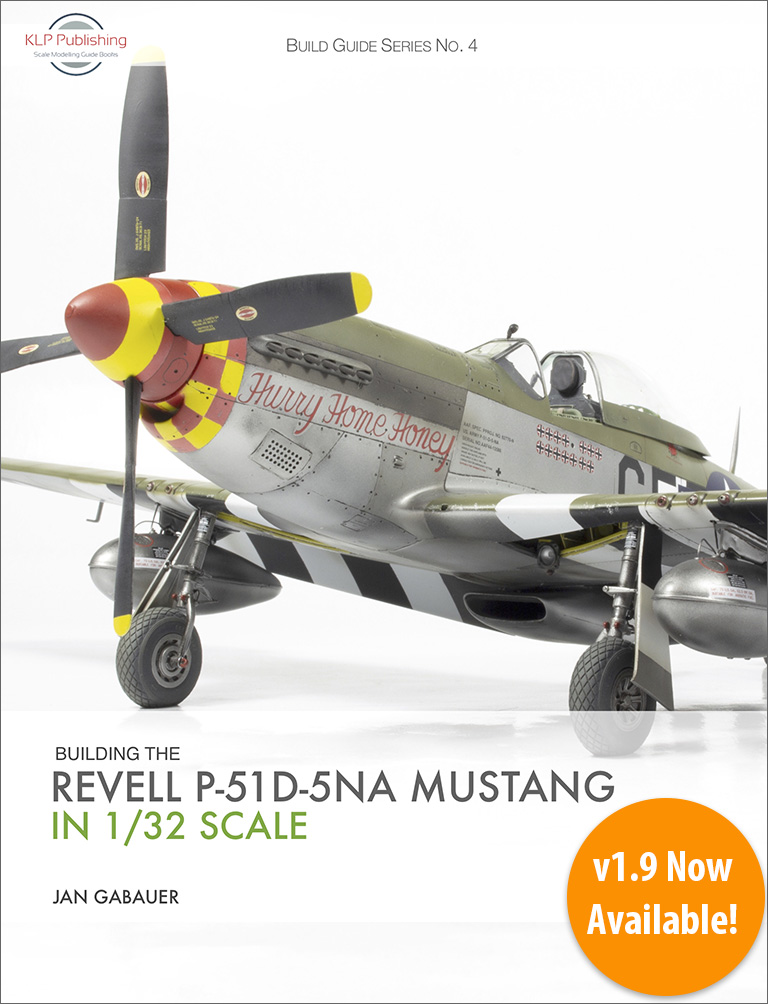

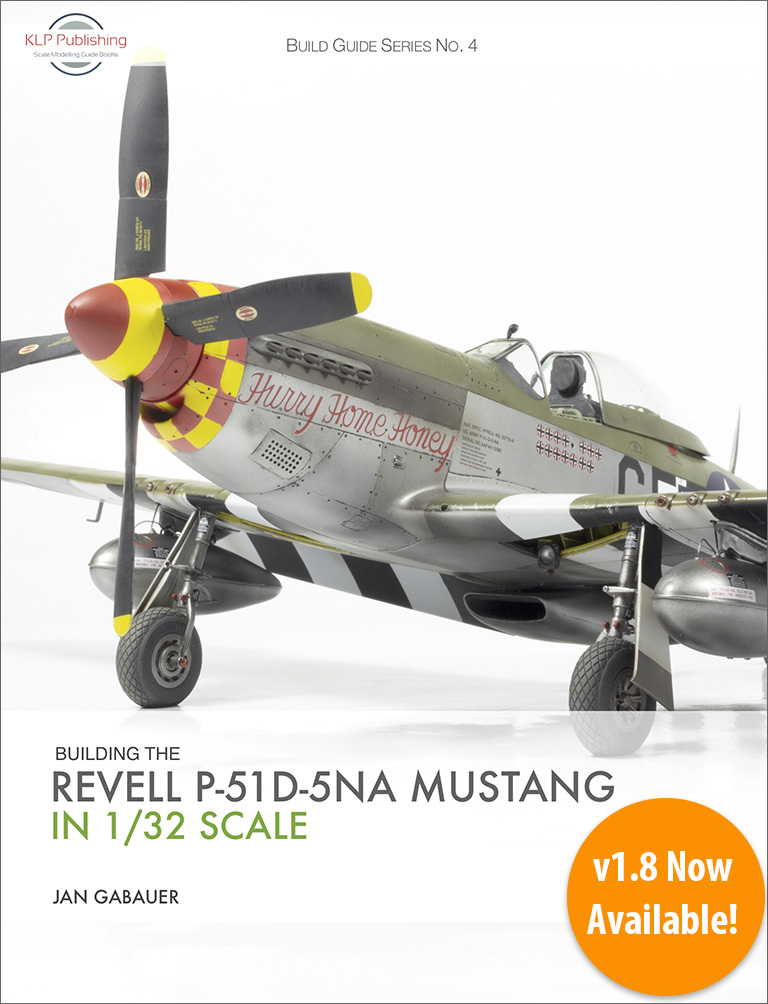



































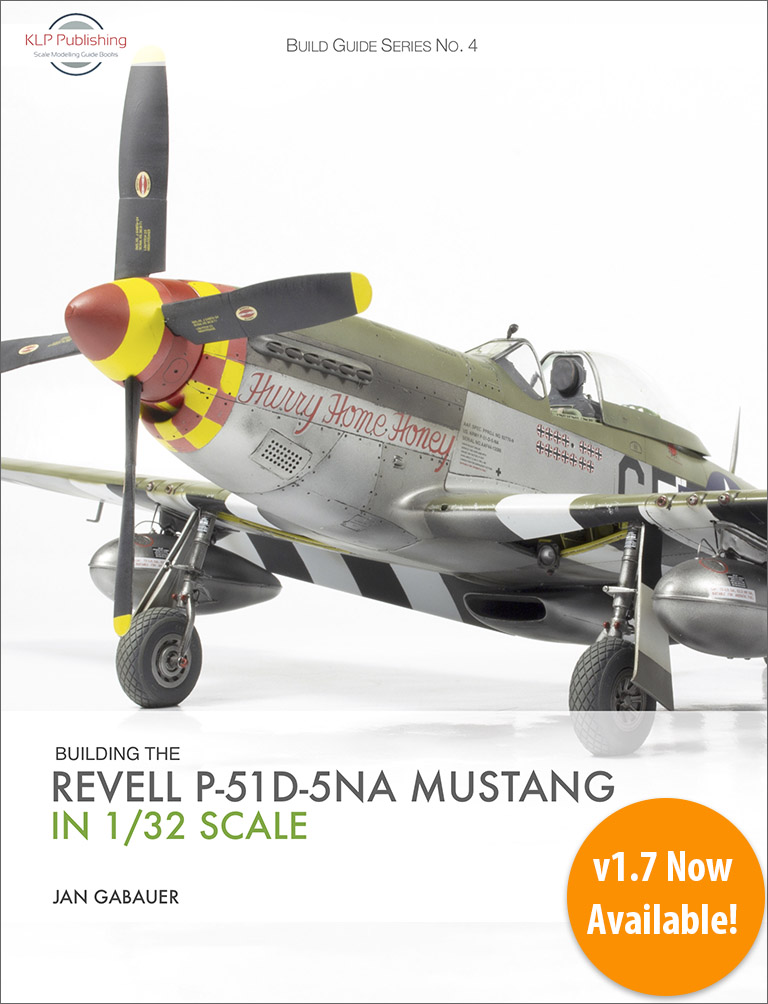
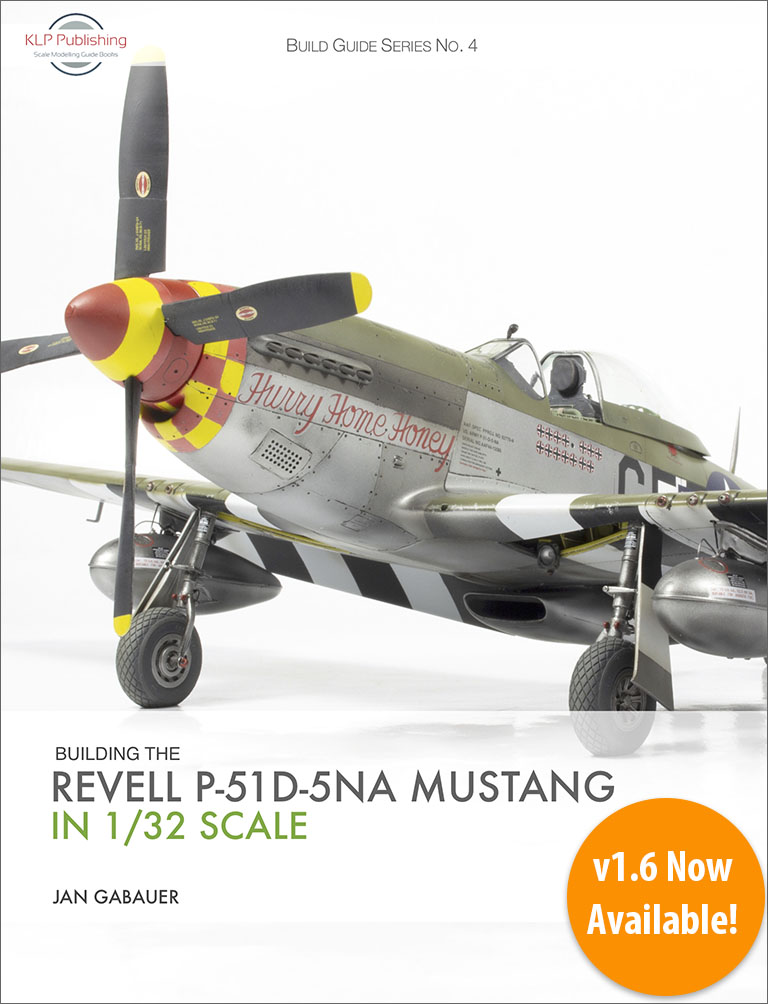





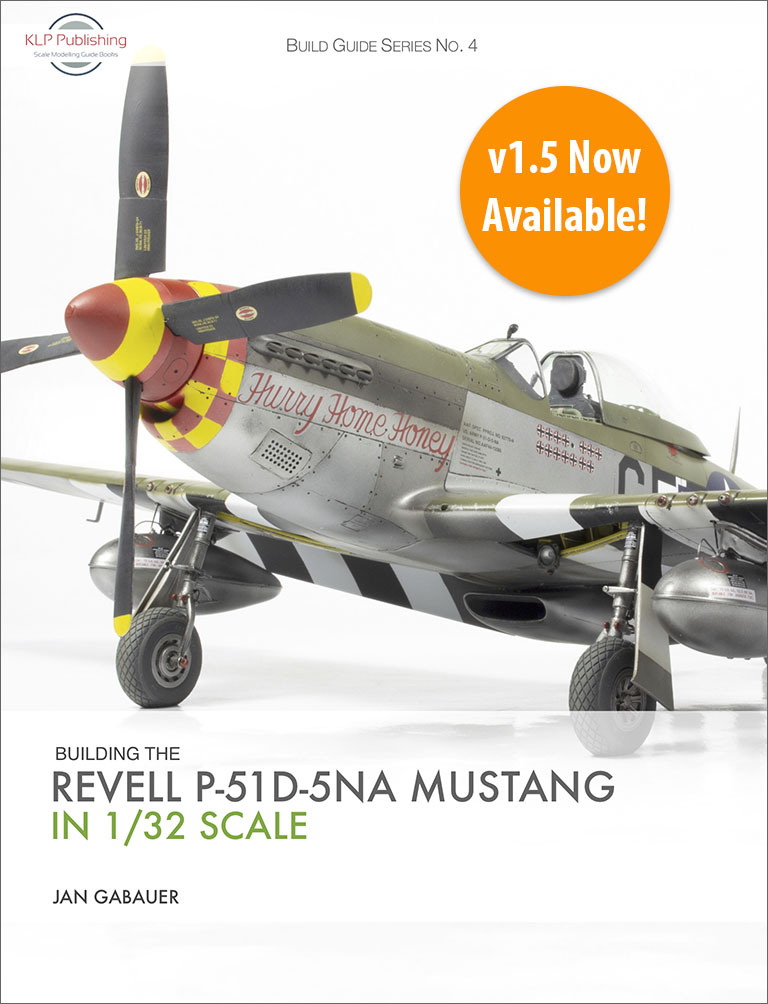
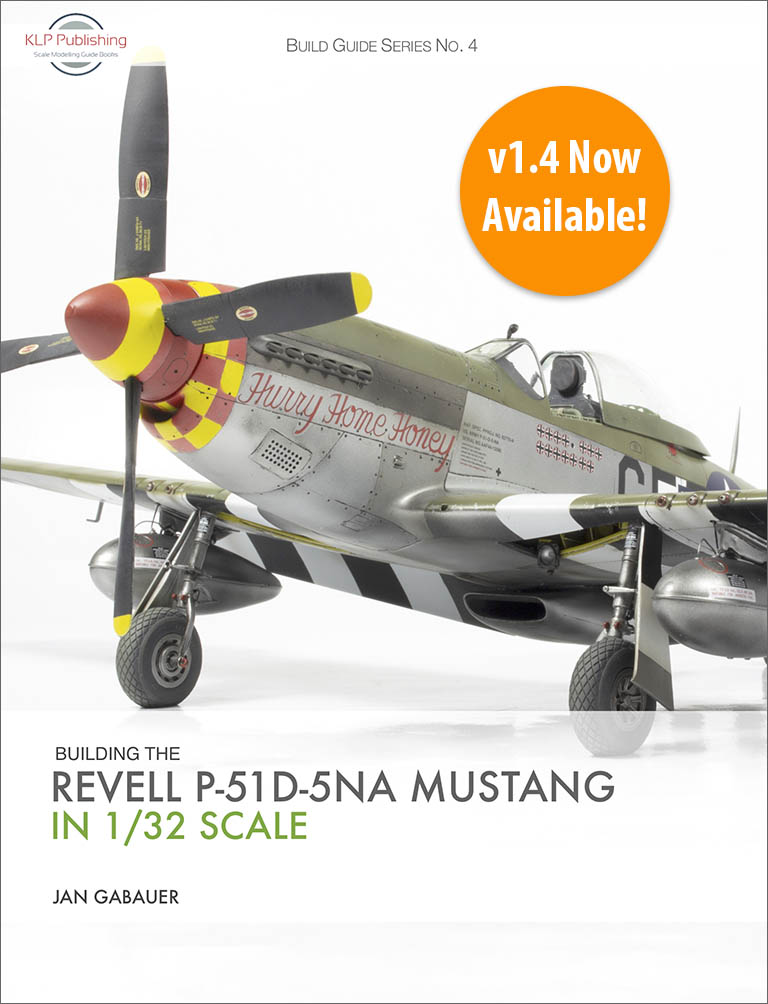


You must be logged in to post a comment.